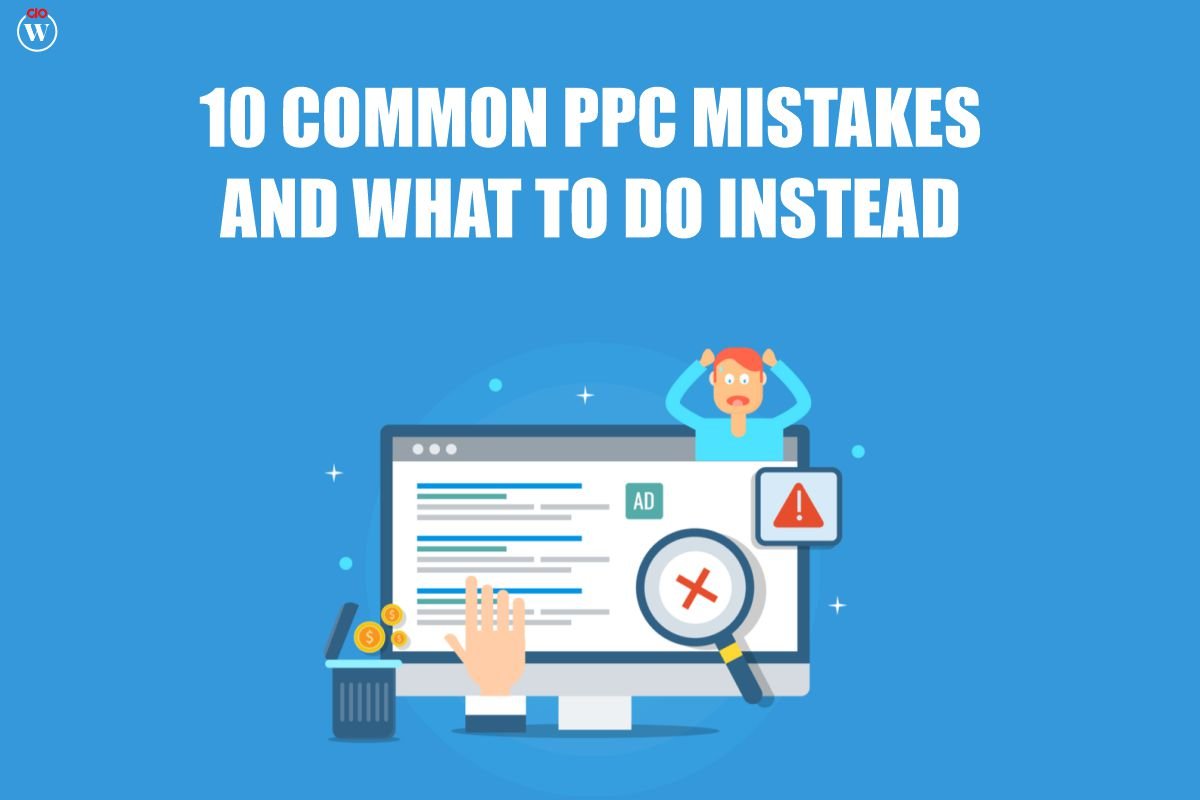Many businesses come up with many numbers, metrics, and KPIs, but if you don’t measure the right things, you won’t get the right Business’s Profitability. After all, measuring performance isn’t about seeing how well you did in the past, but about using that information to do better in the future.
So, in this four-part series of tutorials, we’ll look at the key metrics your business needs to track in four key areas: profitability, liquidity, efficiency, and customer acquisition and satisfaction.
First, we’ll look at The Business’s Profitability & the metrics for making money. As with the other areas, you could track dozens of different metrics, but we’ll focus on the four most important ones and go over how to calculate them, what the results can tell you about the health of your business, and most importantly, what you can do to improve your results in the future.
In this tutorial, we will look at a lot of numbers from your company’s income statement. Check out our guide on how to read an income statement if you forget what any of these terms mean or where to find them.
Here is How to Measure Your Business’s Profitability;
1. Gross Profit Margin
Why it’s a big deal
This number is a good way to get a general idea of how well your company makes and sells its products. It helps you figure out how much your costs are cutting into your profits.
How to Figure It Out

This one is pretty easy to figure out:
Gross profit margin = (revenue minus cost of goods sold)/Revenue
Say, for instance, that your Business’s Profitability sold 1,000 T-shirts for $10 each. For the year, you would make $10,000. But it costs $6 to make and ship each T-shirt, so the total cost of goods sold is $6,000. When we put the numbers in, we get:
Gross Profit Margin = (10,000 – 6,000) / 10,000 = 40%
How to Assess It
In this case, 40% of the money from each sale is kept as profit, which is a pretty good amount. That means it has a lot of money left over for things like research and development, taxes, and the general costs of running the Business’s Profitability.
But remember that gross profit margins vary a lot from one industry to the next. Most service-basedBusiness’s Profitability, like law firms and accountants, has gross profit margins of 50% or more, while most manufacturers and retailers have margins of 20% to 30%.
This website shows the average gross profit margins for different industries. You can also get more information from trade groups in your field. Once you’ve set a standard, compare yourself to it and watch how the percentage changes over time.
2. Return on Capital Spent
Why it’s a big deal
One of the most essential things that companies do is turn money that has been invested (called “capital”) into money that has been earned (called “profit”). Return on Invested Capital shows how well your Business’s Profitability is doing this, so it’s important to keep track of it.
How to Figure It Out
Depending on how much detail you want to go into, it can be very easy or very hard to figure out ROIC.
Let’s start with the easiest way. The simple equation is:
ROIC is calculated by dividing net income by (long-term debt plus equity).
All of these numbers are easy to find on the financial statements for your Business’s Profitability. The “bottom line” number on the income statement is the net income, and the balance sheet shows the total debt and equity.
Alphabet, the parent company of Google, made a net profit of $76 billion last year, and its total long-term debt and equity came to $266,2 billion.
So, the return on investment would be 28.5%. (76 divided by 266.2).
Some people, though, like to make things harder. They make a lot of changes to the net income, mostly to get rid of things that are unlikely to happen again. This gives them a number called NOPAT (net operating profit after tax). And they change the debt and equity to get a better idea of what’s invested in the Business’s Profitability, not just things like extra cash. Changes like these can make a big difference.
How much you want to look into the details will determine what’s best for your Business’s Profitability. Just keep in mind that the goal is to see how much profit you’re making from the money you’ve invested and that if you’re comparing with other companies, they may be using slightly different methods.
How to Assess It
As with the other measures, the most important thing is to compare your ROIC to what you did in previous years and to what your competitors did. For public companies, the ratio is easy to find in the company’s financial statements or on websites that deal with money. Look at some examples in your field to get an idea of what you should aim for. As a very rough rule of thumb, a return on investment (ROI) of 15% or higher means a good amount of profit, but this varies from industry to industry.
3. Cost of overhead
Why it’s a big deal
Overhead costs can make it hard for a Business’s Profitability to make money. If you spend a lot of your money on just keeping the lights on, it will be hard for you to grow. We looked at sales costs in the “gross profit margin” section. Fixed overheads are the other part of the puzzle.
How to Figure It Out
Use the following formula to figure out your overhead ratio:

Operating expenses are divided by operating income plus interest income.
Again, all of these are from the income statement. The “overheads” of a Business’s Profitability are things like rent for an office, utilities, repairs on machinery, and so on. They are essential to your business, but they don’t bring in money directly.
Then, we divide that number by operating income, which you can find on your income statement, plus interest income from your business bank account or investments.
In its 2021 annual report, Microsoft said that its operating costs were $45.9 billion. It made $69.9 billion in income from running its business and $2.1 billion from interest. So, here’s how to figure it out:
Overhead Ratio = 45.9 / (69.9 + 2.1) = 0.6
How to Assess It
This is best looked at along with the gross profit margin. Microsoft’s gross profit margin is 67%, which is high, so it has a lot of money left over for other costs. So, it can keep up with its overhead ratio.
If, on the other hand, your Business’s Profitability has a smaller gross profit margin, you’ll need to keep a much tighter handle on costs.
As with the other ratios, the right number depends a lot on your industry and what other companies in your field are doing. Look at the financial statements of public companies in your area whose success you want to copy and see how your overhead ratio compares to theirs.
4. The Sale of Assets
Why it’s a big deal
There are many ways to earn cash. Some Business’s Profitability, like Walmart and other discount stores, have high sales but low-profit margins. Asset turnover is a way to figure out how well your business makes use of its assets to make sales.
How to Figure It Out
This one is nice and easy to end on. It’s as easy as:
Asset Turnover = Total Income / Total Assets
The top line of your income statement is, of course, your sales number. It’s how much money you made in sales over a year. Total assets are just the sum of all your property, equipment, inventory, etc., and you can get that number from the balance sheet.
If you look at Walmart’s annual report for 2021, you can see that it made $559.1 billion in sales and had total assets worth $252.4 billion. That’s a turnover rate of 2.2.
How to Assess It
It’s important to compare things that are the same. Let’s talk about Microsoft again. It only has an asset turnover of 0.5, which is much less than Walmart. But the business still makes money because of that high-profit margin we saw earlier.
So, put the numbers and ratios we’ve learned about in this lesson together and see how they fit. Then, think about your Business’s Profitability model and the industry you’re in to come up with a good target asset turnover.
BOTTOM LINE
If you only look at one of these metrics, it doesn’t tell you much. When you look at them all together, you can get a clear picture of how profitable your business is.
You now know what these metrics are, how to calculate them, and what your business’s health can tell you from the results.
- Different Business Ideas for Profitability?
So the next step is to start using them regularly. Start by looking at your numbers from the past, and if you can, go back as far as five years. One of the best reasons to keep track of metrics is to see how your Business’s Profitability changes over time. Is your ratio of overhead costs going up year after year? This might be the year to get your prices under control. Is your percentage of gross profit going down? Maybe you should look at your product mix and try to sell more of the ones that have a higher markup.
You shouldn’t just look at one number at a time. If you have a good reason for having a lower asset turnover than your competitors, like higher profit margins, you don’t have to try to match them just because you can. If your overhead costs are high because you’re spending money on important research that will pay off in the long run, there’s no reason to make cuts that will hurt your business.
But if you look at these metrics in the right way and track them regularly, you can see where your business is making money, where any problems are, and what you need to do to improve your bottom line. In the last three parts of our four-part series, we’ll look at a variety of other metrics to track in different parts of your business. Next week, we’ll start with some key liquidity metrics to make sure you stay in Business’s Profitability.









